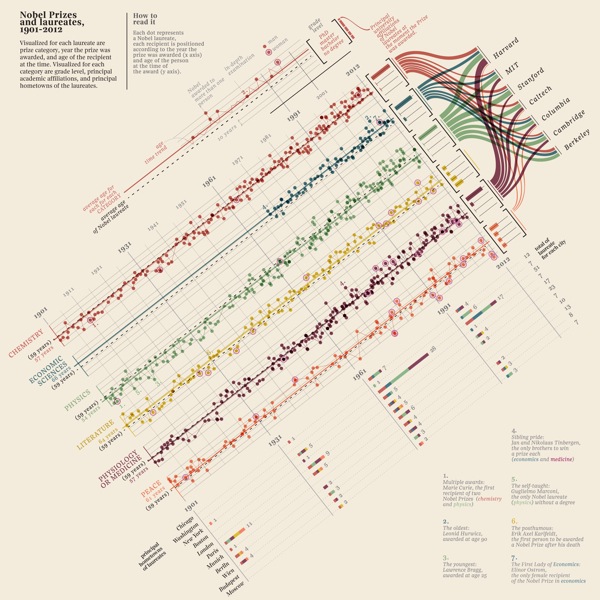Fire Code Regulations for Live Christmas Trees in Schools
Fire Code Regulations for Live Christmas Trees in Schools is an informational infographic from the team at Balsam Hill, an online retailer for artificial Christmas trees. This design is meant to help school officials and purchasing agents all over the country, and not really intended for the general public online.
Setting up a real Christmas tree in a school requires detailed knowledge of a state’s Christmas tree fire code. School fire code regulations for real Christmas trees vary by city and state, and can be overwhelming to puzzle out due to a confusing and sometimes conflicting set of rules. The Balsam Hill Christmas Tree Company has compiled each state’s school fire code regulations for live trees into an infographic for schools and school districts to reference. Look through the infographic to help you decide whether or not an artificial Christmas tree may be a more practical alternative for your school this holiday season.
From a marketing perspective, this design succeeds tremendously. The overall message is clear: “Regulations around live Christmas trees in schools are complicated. An artificial tree would be much easier.” Balsam Hill put together a ton of research (look at the number of sources!), and even though they were able to gather the state level regulations, many cities, counties and individual school districts have their own regulations that may be contradictory. A number of major cities with different regulations than their state are highlighted, but that list is incomplete. It only shows a few cities that have different regulations to let the reader know that state level fire codes aren’t the only regulations that schools have to follow.
The design does a good job of clarifying very complicated information, but that can only go so far. The regulations are actually very complex, so this is still a very long design to thoroughly visualize the data. Great job using visual design to help readers understand a very complex issue!
You can see additional designs that also cover the regulations for Hotels and Churches.









 Randy
Randy










